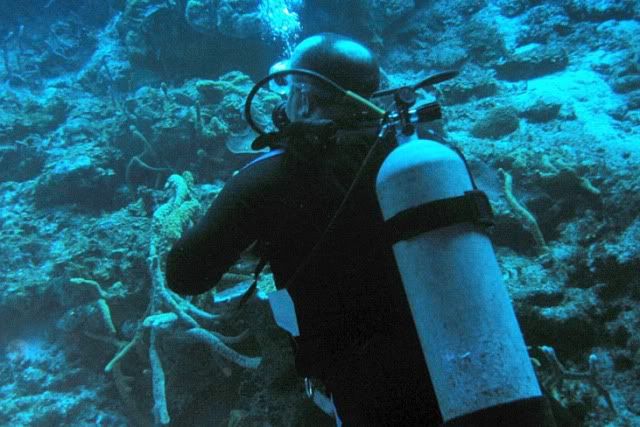ScubaInChicago
Contributor
I tend to follow the rule of 1/3's. 1/3 to get there, 1/3 to get back and 1/3 for whatever.
Since I'm not using the rule of 1/3's for cave diving, I make sure that the end of 2/3's a tank I'm back at the anchor line. Since I'm typically diving to my NDL or I end up with no more than 10min deco obligation. I'll end up getting back on the boat with 1100psi left using a HP130 in typical NC wreck dives.
Your tempting DEATH in any overhead environment, wrecks included by using your method of 1/3'rds....It's a pretty simple math to work out.....take your RB (Rock bottom &/or Minimum gas) calculation that gets you and your buddy from depth to the surface and subtract that from your 1/3'rds equation.
Once out of the overhead, you can use the extra 1/3rd near the upline however you like but never go below RB....




